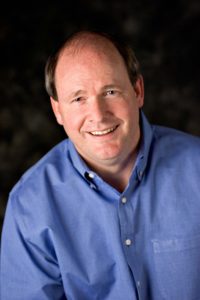

Faculty Director Gary Marchant and Lucille Tournas recently published an article in the Food and Drug Law Journal about the regulatory challenges and health span assisting interventions.
The article, “The Fountain of Youth Revisited: Regulatory Challenges and Pathways for Health span Promoting Interventions,” covers the progress that has been made in the scientific understanding of the aging process. This process comes from a new paradigm call the “geroscience” hypothesis and recognizes that aging is the number one risk factor in all chronic diseases. This means that there could be some intrinsic aging factors that can be specifically targeted with interventions, instead of attempting to extend healthy life by treating one chronic disease at a time. By utilizing genetic and other data showing that the aging process is malleable and can be slowed, scientists have identified key aging processes that underlie most chronic diseases and the symptoms of aging (ex. Fragility and cognitive decline.) Next, the potential interventions that can affect the aging process needs to be identified. Currently there are a number of “geroprotectors” have been identified, mainly in animal studies but a few cases in humans as well. This progress has been achieved in the past decade and has advanced a numerous interventions to the point where they are now ready to begin human clinical trials, regulatory approval and commercialization.
There has been a roadblock in this process, though, just as the scientific advancements made health span extension a possibility, regulatory and legal impediments have popped up to slow down the further advancement of these interventions. Mainly because the that the Food and Drug Administration drug approval process is based on prevention and the treatment of diseases, aging is not considered to be a disease and there is no straightforward regulatory approval pathway for therapeutics that may slow aging and extend lifespans.
Marchant and Tournas’ article explores this dilemma, identifies alternative regulatory and commercialization pathways for health span extending interventions, and argues that the FDA should take a more proactive role in speeding these clinical trials and regulatory period for these agents.















